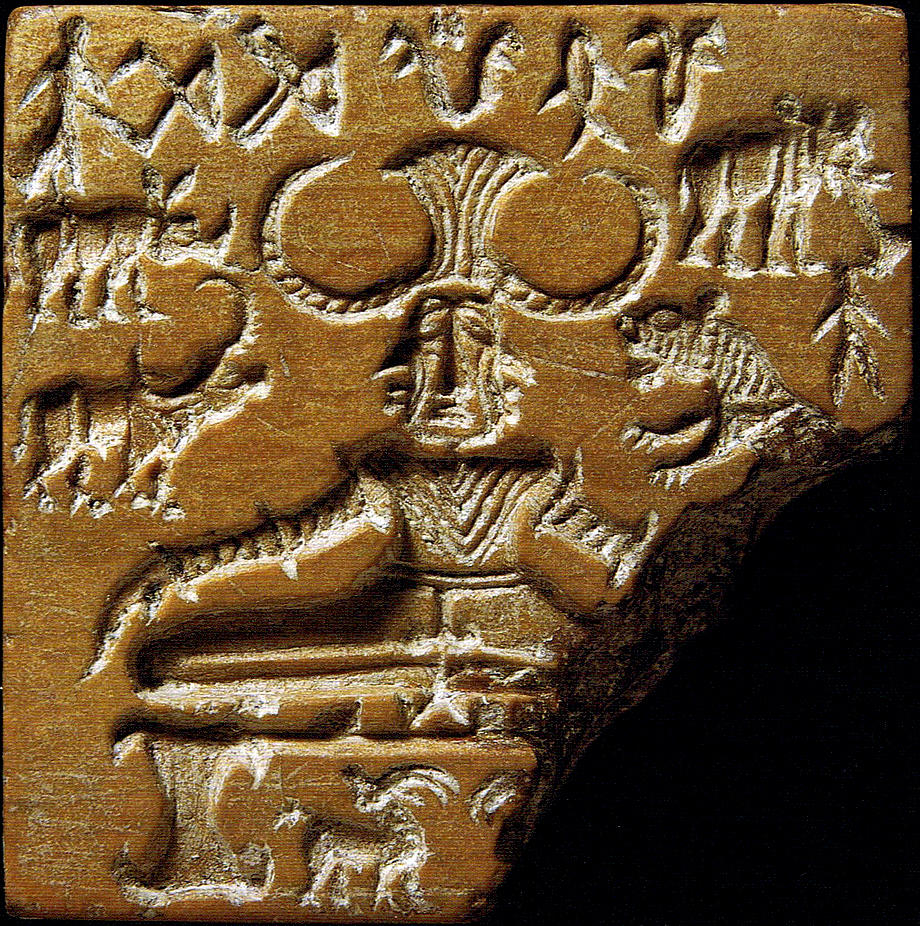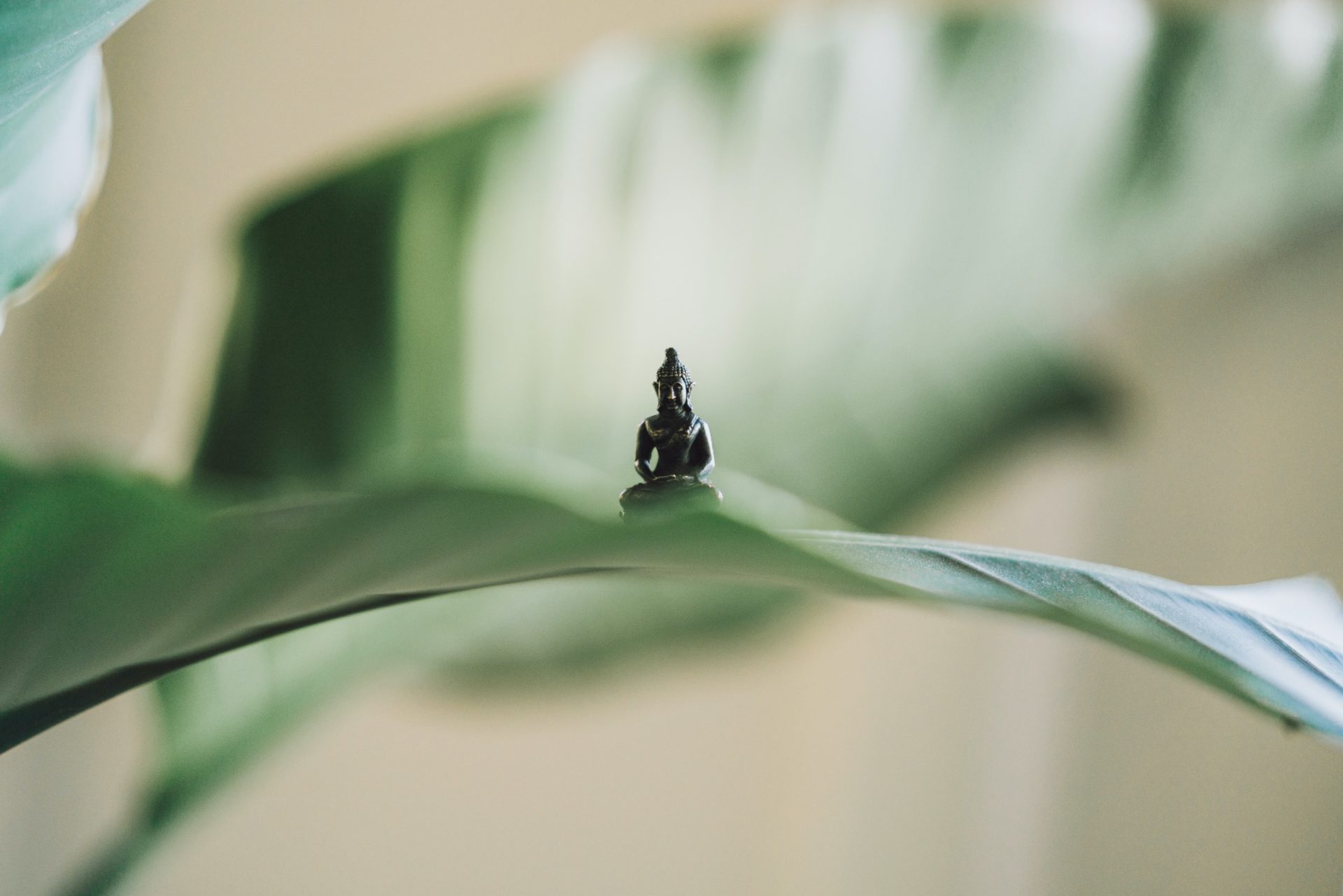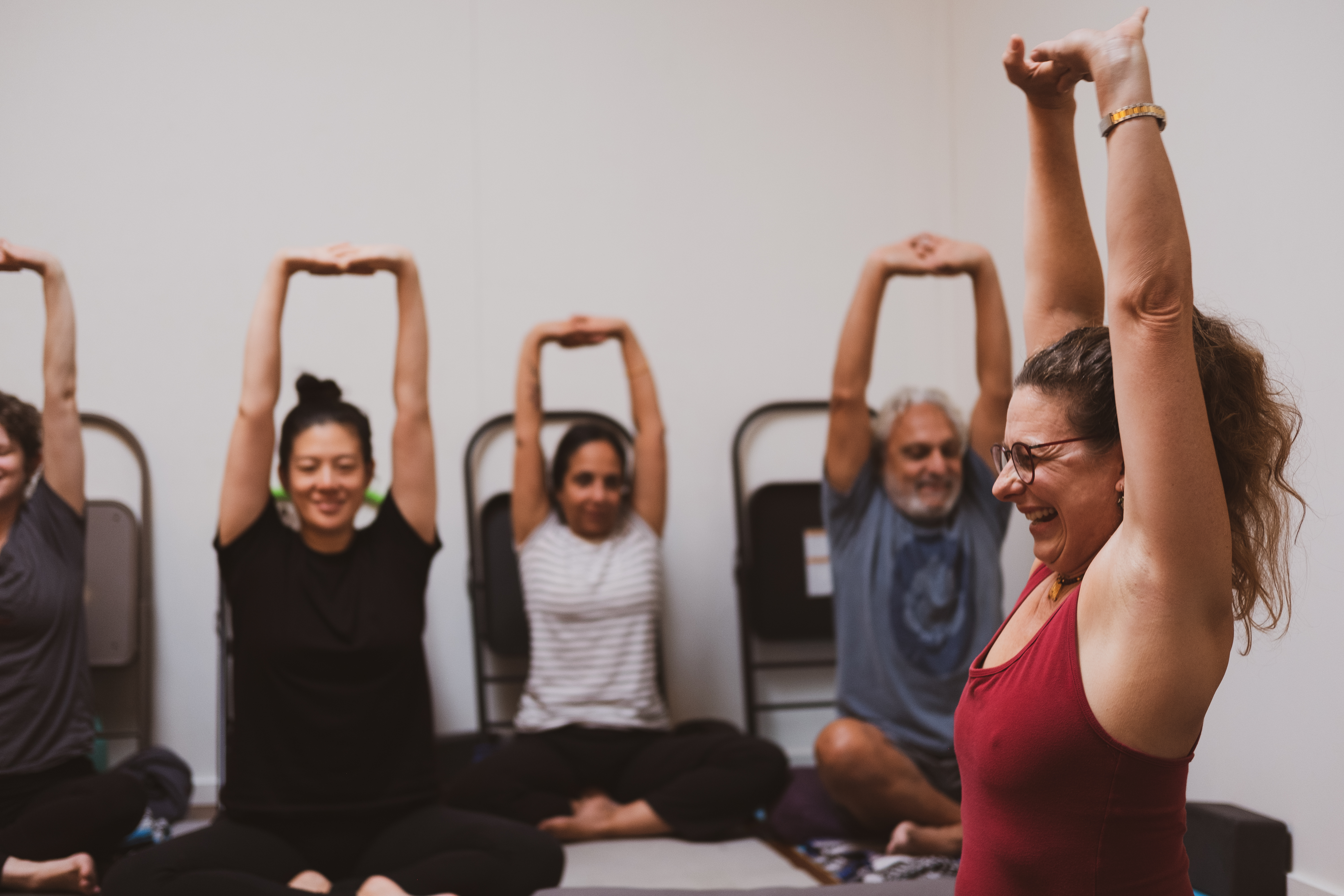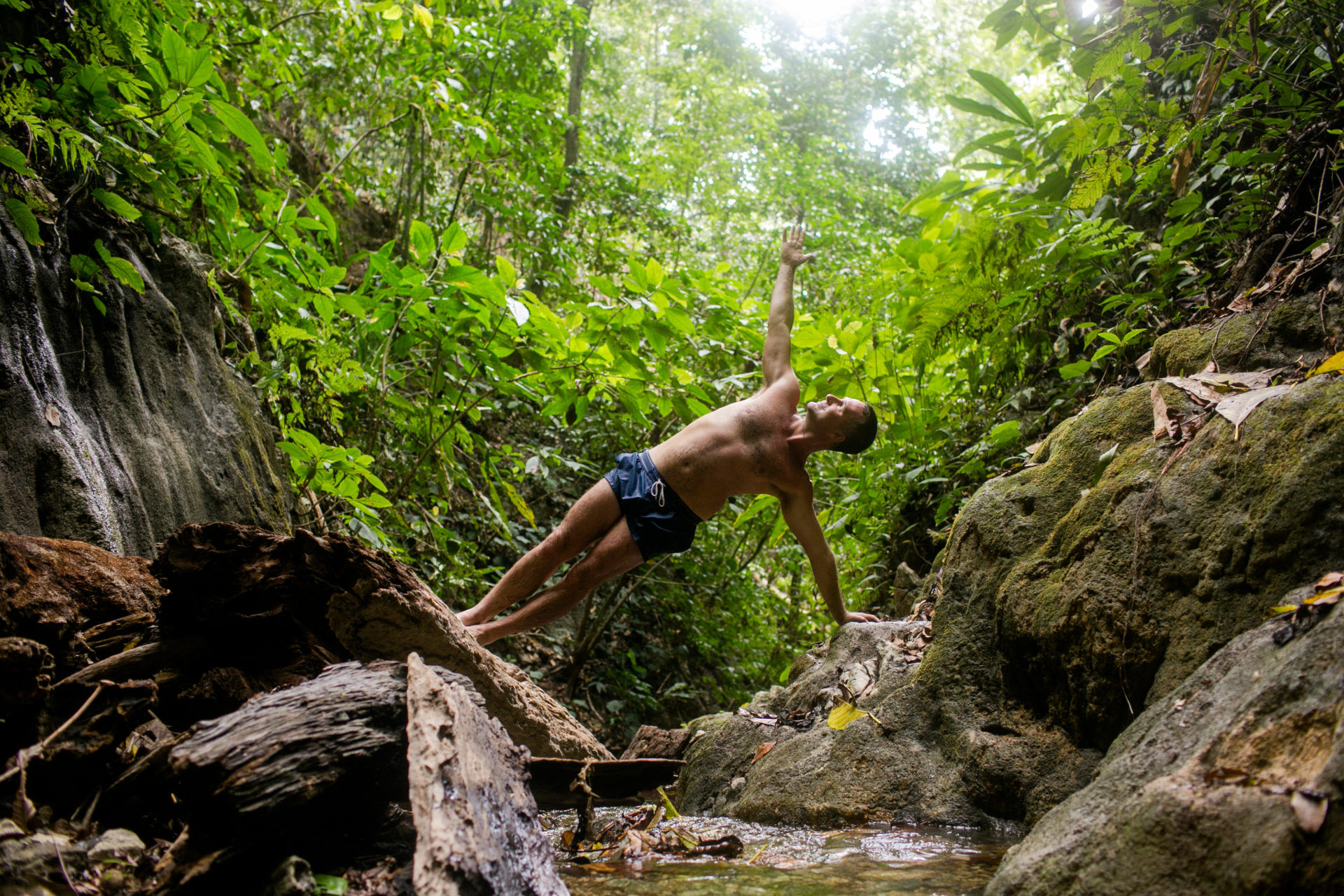Goran is a teacher from Croatia who decided to take on a personal challenge of writing an article in a language VERY different from his mother tongue. Thanks for stepping out of your comfort zone Goran by sharing this article in English to inspire us members of Yoga Trade to do something outside our comfort zone and to spark our interest in learning more about the deep traditions of yoga!
As in every field yoga too has its shares of myths, propaganda, and controversy either by proponents or opponents of the practice. While many of those issues can’t have a single answer and are necessarily influenced by personal preferences and opinions I’d like to discuss them in a few articles going from the historical context to the modern applications and criticism of some religious and even secularist groups.
**I want to mention here that I’m no indologist, historian, theologian, psychologist, health professional, or any similar expert and that everything written should be taken with a pinch of salt. Or a cup of it :D**
Yoga Between Myth and Reality – A Brief History of Yoga
For the sake of easier understanding let’s group the sources of modern day Hindu practices in three categories:
1 – Vedic tradition
2 – Shramanic traditions
3 – Tantra
4 – Various local cults and beliefs
The second and third category are of particular importance to yoga, but I suggest that we briefly go over all of them to get a better historical context.
The Vedic Tradition
This is the tradition that came to the subcontinent with Aryan people. The earliest parts of the RigVeda Samhita were probably composed before that time and continued to develop on the subcontinent, developing the other two retentions of basically the same content too. The fourth Veda has a separate source and can in some ways compare to RigVeda in terms of authenticity and even antiquity. It came as a tribal tradition with a strong social sense and structure, mythology and fire ritual (unlike temple idol worship of local, non-vedic origins). Clashing with local cultures it developed a caste system too, positioning itself on the top of the leader. It develop a priestly class (later brahmins), but not the ascetic contemplative traditions that were influenced by other, mostly Shramana sources.
the other two retentions of basically the same content too. The fourth Veda has a separate source and can in some ways compare to RigVeda in terms of authenticity and even antiquity. It came as a tribal tradition with a strong social sense and structure, mythology and fire ritual (unlike temple idol worship of local, non-vedic origins). Clashing with local cultures it developed a caste system too, positioning itself on the top of the leader. It develop a priestly class (later brahmins), but not the ascetic contemplative traditions that were influenced by other, mostly Shramana sources.
Shramanic Traditions
Local traditions characterized by a strong ascetic and contemplative inclination, detachment from the world, renunciation of the society and an atheistic theology. Today best represented in religions like Jainism and Buddhism, and a strong influence on modern-day Hinduism. It is the main early source of ascetic practices either in traditions that formed a separate religious identity like Buddhism or in those that, accepting the vedicised social structure, remained in what is today’s Hinduism. The first mention of an ascetic figure comes in the later part of the Rig Samhita, in the time where material archaeological evidence (mostly pottery) shows a meeting of the Vedic and Shramanic cultures, but the really strong influence starts with the Upanishads. The most important text on yoga, Yoga Sutra, is part of the Vedic retention of this tradition. There are Buddhist texts with a remarkable similarity only a little older than then the one attributed to Patanjali which makes this tradition one of the obvious sources of yogic practices.
Tantra
Tantric traditions as well as the next (local cults) one is much more difficult to follow. Indeed, it is next to impossible even to give it a precise definition. As there are little early sources we can only make guesses that are rather complicated by different usage of the term. Indeed considering that a lot of practices that have their source in local cults get their formalization in tantric/agamic texts the two overlap and might even be considered identical, that is in the broadest sense we might even call all those local influences apart from shamanic as Tantra. Then again in some sources like the earliest Indian classification of religious traditions in a text of Kashmiri Shaivism it is listed as a specific tradition. It might be interesting to note here that what we usually consider obviously tantric, the best vamachara (left hand path) representative in the form of Kaula is actually listed as a separate practice from tantra. Actually there is no original source that would call such practices tantra, the first written examples of such classifications that we have come from early western orientalists. In any case and in any definition we can reasonably assume that this category had the next strong influence on the development of yoga practices after the shramanic ones.
Local Cults and Beliefs
Various local traditions, modalities of worship, deities and Idols, later Bhakti cults etc. that become vedicised, and incorporated in the modern-day Hinduism by accepting the wider Vedic social and (by that time heterodox) mythological frame. Not that relevant to yogic practices, but still worth mentioning as it is extremely relevant to modern Hinduism and as yogic practices are often done in that context and they get a religious influence on various traditions practicing yoga too. Almost all Indian traditions have some amount of influence from all this categories in different ratios and self-identifications.
Yogic practices are present in Hinduism and Buddhism and particular hatha-yogic ones especially in tantricised traditions within those religions, for example in the Vajrayana (Tibetan) form of Buddhism.
So as we can see already the traditional practices are rather of complex multiple sources of which some are  obfuscated by the passing of time and lack of written sources, so stating that yoga is “5000, 3000, 1000″ years old or any other number as it is often the case might not really be that accurate even before we take more recent development and influences into the picture.
obfuscated by the passing of time and lack of written sources, so stating that yoga is “5000, 3000, 1000″ years old or any other number as it is often the case might not really be that accurate even before we take more recent development and influences into the picture.
I hope this was a good introduction and that it gives a sufficient historical context to continue to more modern-day relevant topics.
Goran Mekota is viniyoga teacher and therapist from the Vinijoga institute of Croatia.



